A team of researchers found an innovative way of curing ham by using plasma-treated water as an alternative to chemical curing solutions.
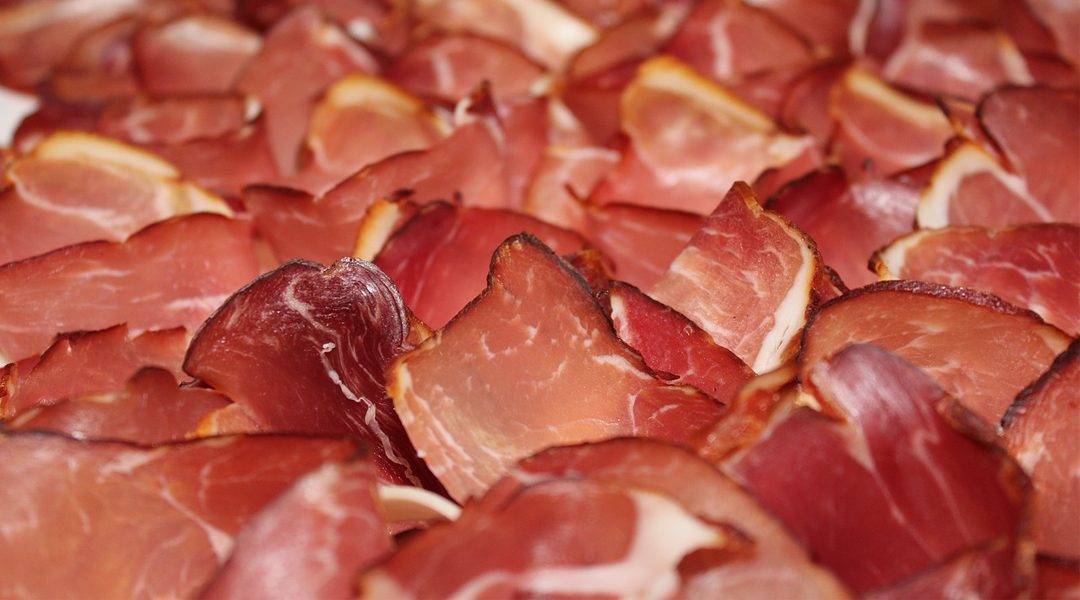


A team of researchers found an innovative way of curing ham by using plasma-treated water as an alternative to chemical curing solutions.
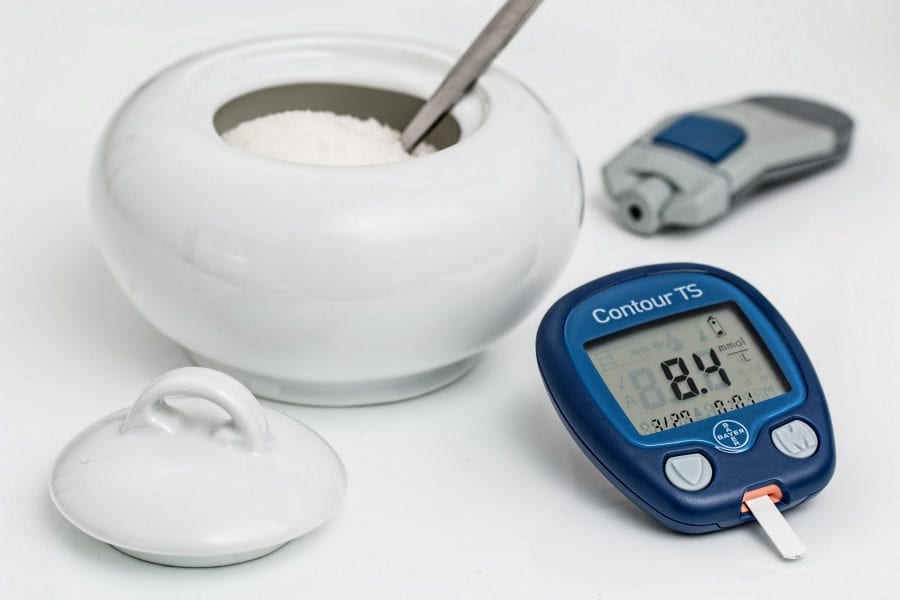
A plasma-treated polyethylene is used as as an affordable and easy mediator to produce enzymatic glucose sensors that could be used for diabetic patients.

A team of American scientists used photoacoustic computed tomography to image the blood vascular network of a whole mouse brain through the intact skull, with high resolution and substantial depth.
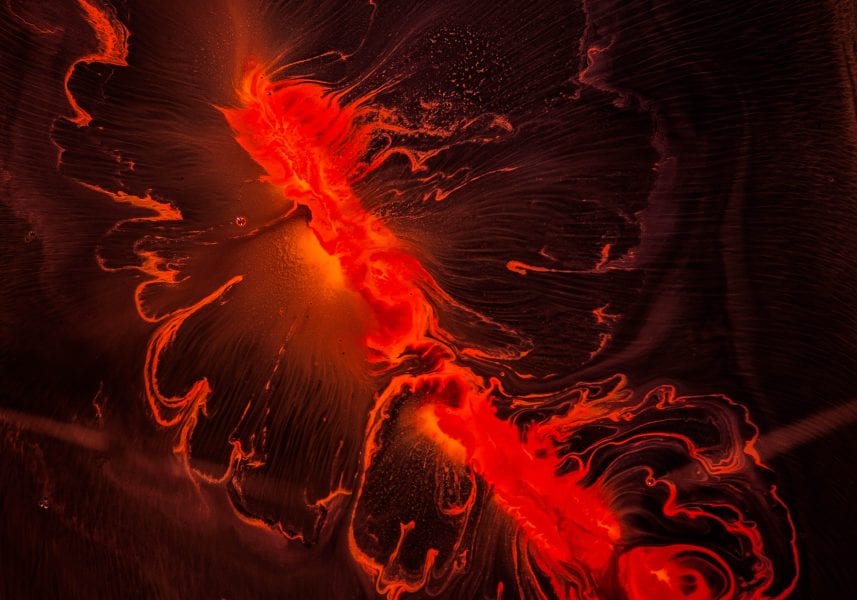
A team of Dutch scientist report the use of ultrasound modulated optical tomography (UOT) with heterodyne parallel detection to locally sense and image blood flow deep inside a highly scattering medium.

Avery easy, fast, and scalable one-step process for synthesis and deposition of porous ZnO nanocrystalline film by low-temperature atmospheric pressure plasma is presented.

A team of Chinese researchers demonstrated an optofluidic strategy, by implanting the microfluidic technique with a large-tapered-angle fiber probe (LTAP), to organize and transport a cell chain in a noncontact and noninvasive manner.

American scientists demonstrated the utility of SERS measurements of urine from deceased donors and associated PCA-LDA analysis as a potential tool to predict kidney transplant outcomes.
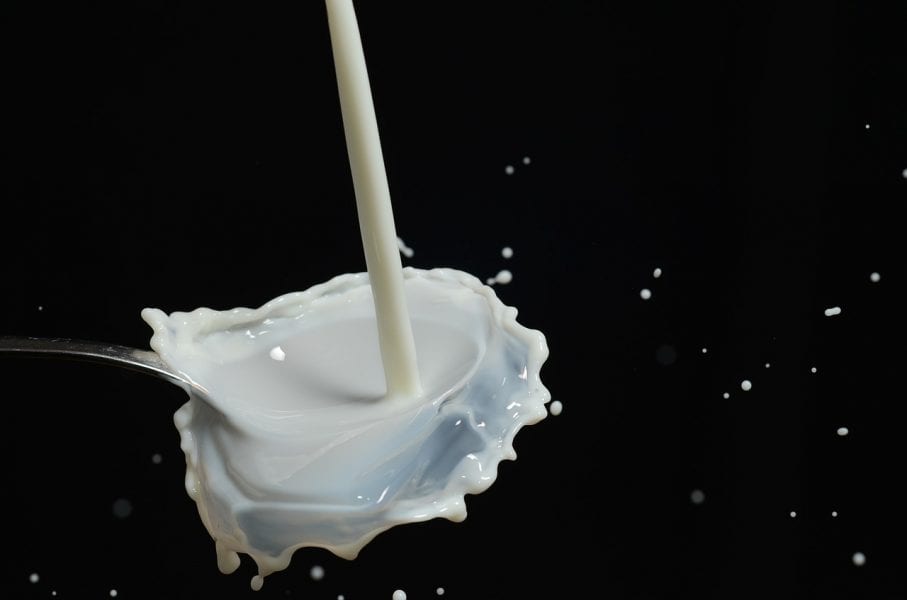
Australian researchers have developed a promising new plasma treatment method to decontaminate and increase the shelf life of milk.

Taiwanese scientists create a new atmospheric-pressure plasma jet tooth bleaching method that is safe, cost effective and portable.
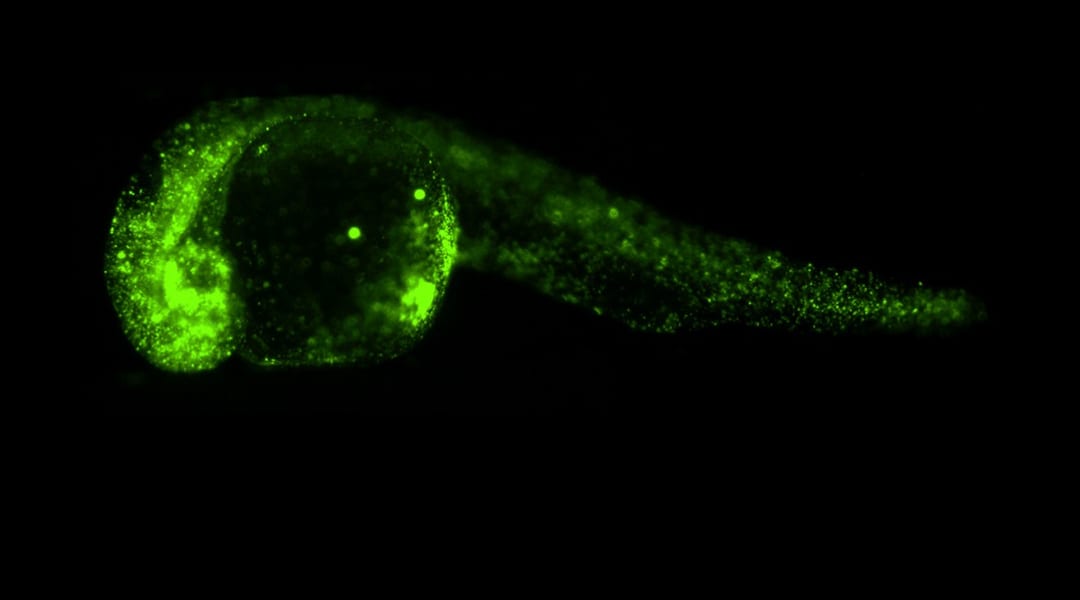
A complementary technique, based on the Holographic Optical Tweezers (HOT) technique, which enables several locations within the same sample to be probed simultaneously, is developed.